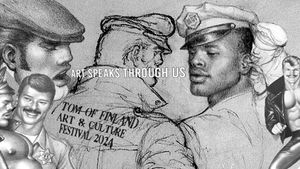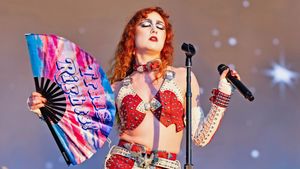
Michael Douglas (left) and Matt Damon as Liberace and Scott Thorson.
OMG, the Liberace Movie Is Going to Be Epic
"I got a call from Steven Soderbergh," says Jerry Weintraub, megaproducer of Nashville, Cruising, The Karate Kid, and the Ocean's Eleven franchise. "He asked me if I'd read this book. 'I think you ought to read it,' he said." The book was the 1988 memoir Behind the Candelabra by Scott Thorson, the former partner of Liberace. Weintraub read it and bought the film rights.
As far back as 2000, Soderbergh had been talking to Michael Douglas about playing Liberace, and in 2007 the director gave Matt Damon the book, saying he had screenwriter Richard LaGravenese (The Horse Whisperer, Water for Elephants) and Douglas aboard already. Damon immediately signed on.
Between the powerhouse director, producer, and actors, the film version of Behind the Candelabra had a formula that primed it for success. And Weintraub was personally invested: He knew Liberace in the mid-1960s when Frank Sinatra, who was a management client of Weintraub's, and the pianist were performing at the same Las Vegas club. Weintraub and his wife socialized with Liberace. "He was very nice, a great host," Weintraub recalls.
Still, no major studio would touch the film. Despite the studios' apprehension that the project was too gay, Weintraub persisted. "Nothing changes my desire," he says. "When I want to do it, I do it. I don't care what other people say. People have been saying no to me for 55 years -- and I don't hear it. ... I knew it was a love story." With the right actors, he felt, after a few minutes on-screen, the gender of the characters would matter little.
LaGravenese felt similarly about the relationship at the core of the memoir. "I believed there was a real love story here that hadn't be told before.... I really believed that -- although they had ulterior motives at first -- there grew between these two men a genuine love before their relationship was derailed by plastic surgery and drug abuse, among other things."
Key to re-creating Liberace's stage performances and getting Douglas and Damon into character were costume designer Ellen Mirojnick's glittering creations for the film. After reading the script, she watched videos of all Liberace's Las Vegas shows, public appearances, and TV series. "Most importantly, finding quite a lot of personal photographs was key to understanding his character," she says. "Also, I was lucky enough to see the real costumes he wore onstage at the Liberace Foundation. It was very important to create designs for both sides of Liberace -- Mr. Showmanship and the real man." The work paid off. Mirojnick first met Douglas in 1986 while working on Fatal Attraction, and the two have developed a trusting, easy relationship. "The first fitting was focused and methodical," Mirojnick says. "His transformation began within the first hour of our work."
During Liberace's lifetime, his management took enormous pains, lawsuits included, to hide his true sexual orientation, strong libido, and string of proteges, houseboys, and flights of fancy, and the film uncovers much of it. "Given how much effort went into keeping him closeted, it's amazing to consider how out there he was in his performances," LaGravenese says. "Liberace's performances were honest expressions of the man himself -- out there for all to see and his audiences loved him for it. I would hope Liberace would be relieved to see that to audiences who adored him as an entertainer, he never really was hiding."
"I truly think it's my best film -- this film is really special," says Weintraub. "I like it more and more each time." Ultimately, HBO snapped it up. And the biopic about the larger-than-life pianist, who died of AIDS complications in 1987, has a home. It premieres May 26.
It's Nice to Be Noticed

 For all that we know him to be now, Liberace was an incredible cipher at the apex of his fame. His worldwide (mostly female) audiences clung to the notion that was a lovelorn bachelor, variously linked to Mae West or ice skater Sonja Henie. But the costumes! The things he said -- from the stage! ("Of course, I couldn't go out in the street in clothes like this, I'd get picked up. Come to think of it, it might be fun"; "Why don't I just step out and slip into something more spectacular?") Fans today would be less inclined to a suspension of disbelief about his personal life.
For all that we know him to be now, Liberace was an incredible cipher at the apex of his fame. His worldwide (mostly female) audiences clung to the notion that was a lovelorn bachelor, variously linked to Mae West or ice skater Sonja Henie. But the costumes! The things he said -- from the stage! ("Of course, I couldn't go out in the street in clothes like this, I'd get picked up. Come to think of it, it might be fun"; "Why don't I just step out and slip into something more spectacular?") Fans today would be less inclined to a suspension of disbelief about his personal life.
But it was the clothes that made the man, something Liberace acknowledged, being quoted as saying, "The clothes attract attention. They get me newspaper headlines and interviews. They get me audiences." Many of the minked, brocaded, feathered, and electric light-up numbers Liberace wore in performances in his four-decade career are the obvious antecedents to those worn by Elton John and Lady Gaga. And many are photographed for the first time (pictured at left and right) in the coffee-table volume Liberace Extravaganza! by Connie Furr Soloman and Jan Jewett, which also features 20 original sketches and interviews with his most celebrated designers, Jim Lapidus and Anna Nateece, who must have had some powerful arms to lift all those Swarovski crystals. (Harper Design, $29.99)
 For the True Completist
For the True CompletistFollowing a sold-out appearance at the Hollywood Bowl, in 1952 Liberace became host of a summer replacement program for Dinah Shore's show. His comic chatter punctuated show tunes, film melodies, pop music, and classics, combining with schmaltz and ritualistic domesticity (with "house guests" including Minnie Pearl, Eva Gabor, Lucille Ball, and Jack Benny) to make
The Liberace Show a hit in syndication worldwide, to the tune of 30 million viewers and tens of thousands of fan letters each week. The DVD set
Liberace: The Ultimate Entertainer includes best-of performances from the show, home movie footage, more of his outre costuming, and a history of the piano, as told by Liberace. (Timeless Media Group, $14.97)
 What Started It All
What Started It All
By all means, see the film, watch the DVD, marvel at the costumes, but then read the fascinating book that inspired this month's smash hit film about Liberace and his lover. Written by Scott Thorson (with some help from Alex Thorleifson), the 1988 memoir Behind the Candelabra has been re-released this month by Tantor Media in paperback, e-book, and audiobook. The book is, as Steven Sodenbergh says of the film, so intimate "at the end of the day [it's just] two people in a room ... there's just a lot of rhinestone in it," especially as Thorson recounts Liberace's final days dying of AIDS. But equally interesting is the brand-new epilogue in which Thorson talks about life after Liberace in the 25 years since the book was published, including his part in the Wonderland murders, in which drug kingpin (and Thorson's business partner) Eddie Nash had four people -- including porn star John Holmes -- murdered, his relationships, and what nearly killed him. (Tantor Media, $19.99)
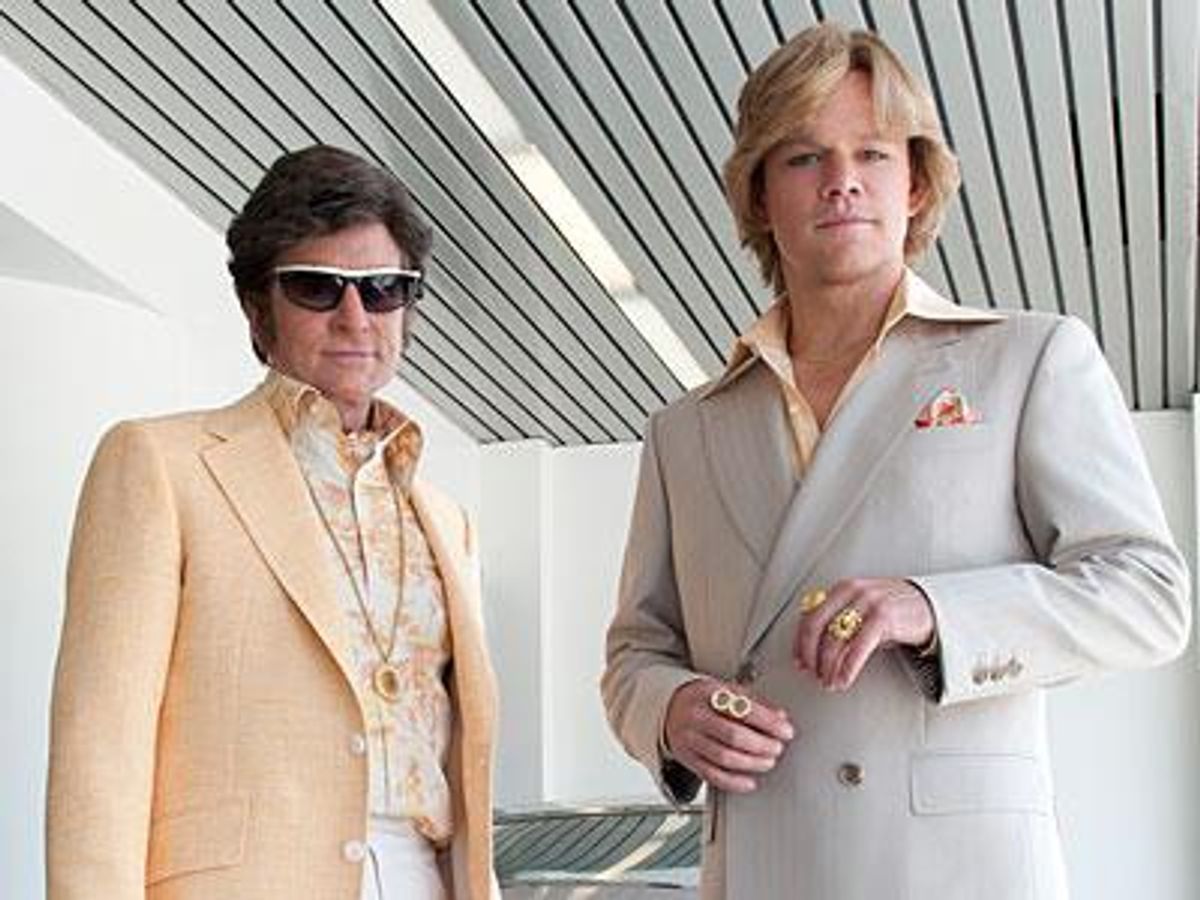

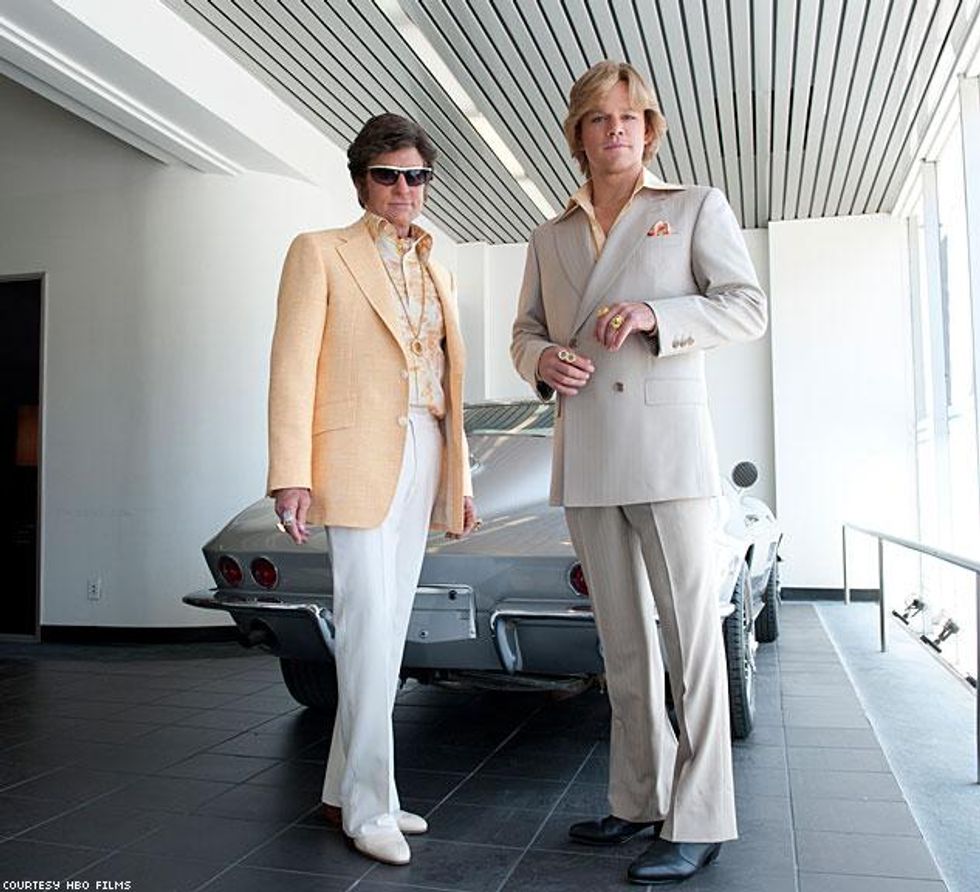
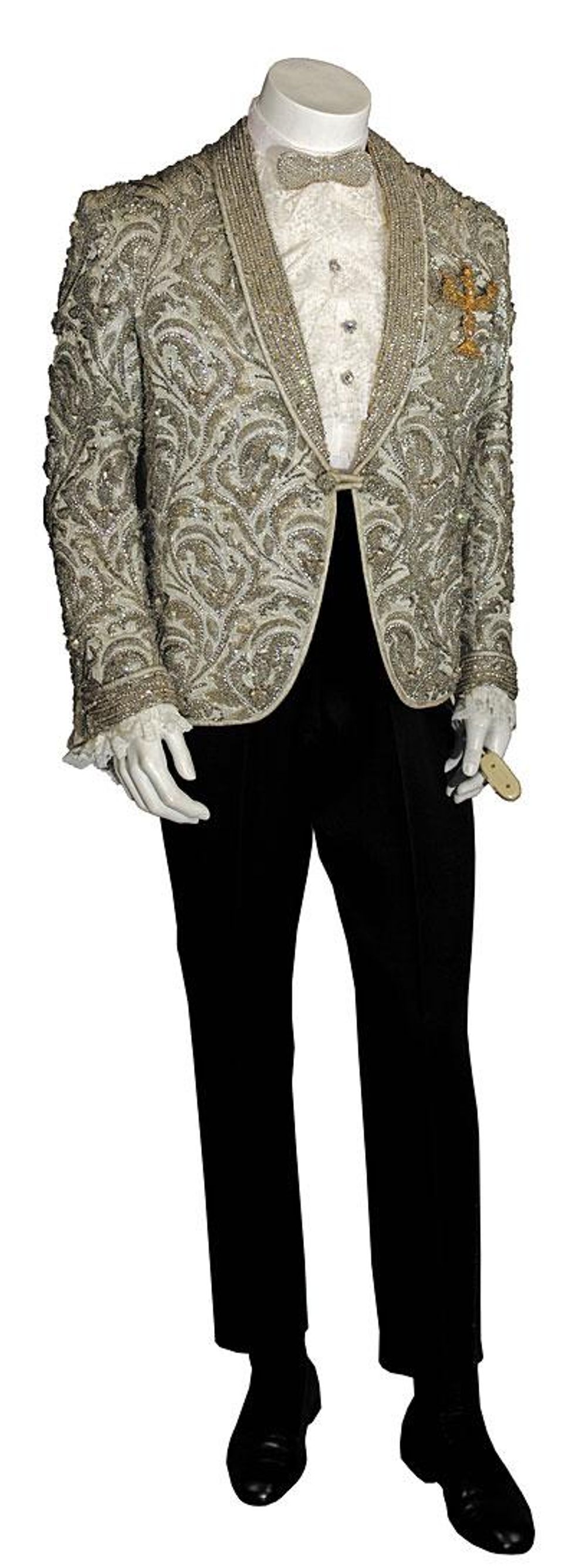
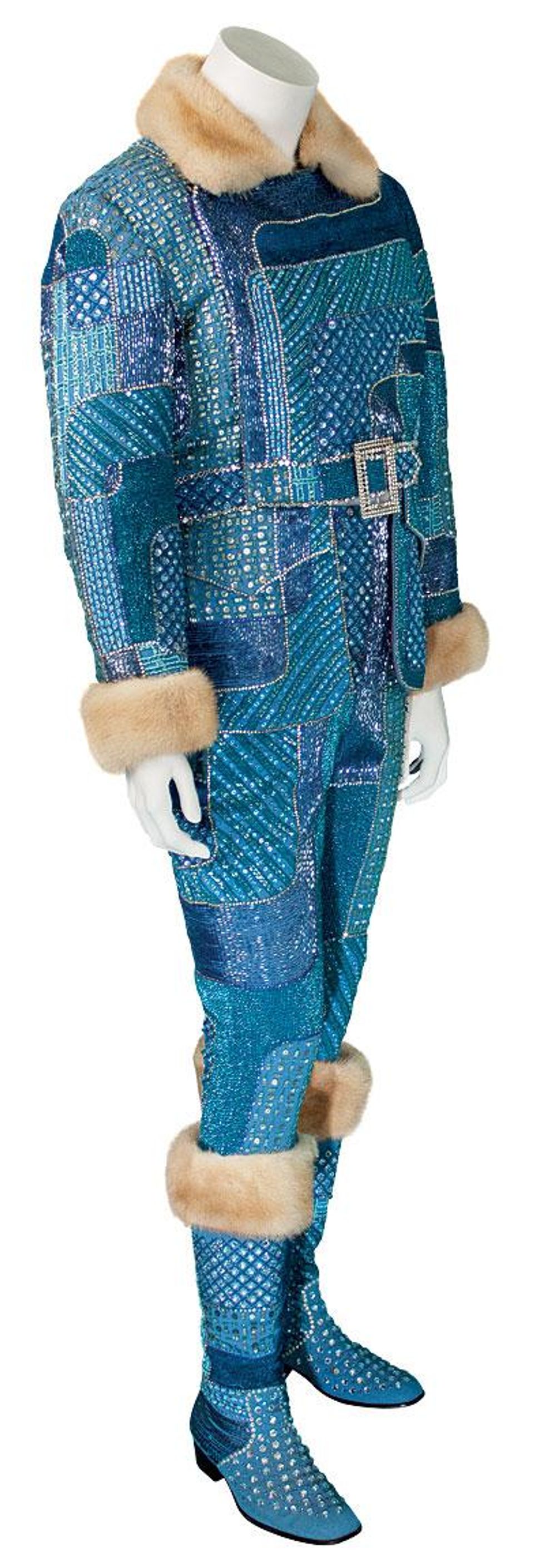 For all that we know him to be now, Liberace was an incredible cipher at the apex of his fame. His worldwide (mostly female) audiences clung to the notion that was a lovelorn bachelor, variously linked to Mae West or ice skater Sonja Henie. But the costumes! The things he said -- from the stage! ("Of course, I couldn't go out in the street in clothes like this, I'd get picked up. Come to think of it, it might be fun"; "Why don't I just step out and slip into something more spectacular?") Fans today would be less inclined to a suspension of disbelief about his personal life.
For all that we know him to be now, Liberace was an incredible cipher at the apex of his fame. His worldwide (mostly female) audiences clung to the notion that was a lovelorn bachelor, variously linked to Mae West or ice skater Sonja Henie. But the costumes! The things he said -- from the stage! ("Of course, I couldn't go out in the street in clothes like this, I'd get picked up. Come to think of it, it might be fun"; "Why don't I just step out and slip into something more spectacular?") Fans today would be less inclined to a suspension of disbelief about his personal life.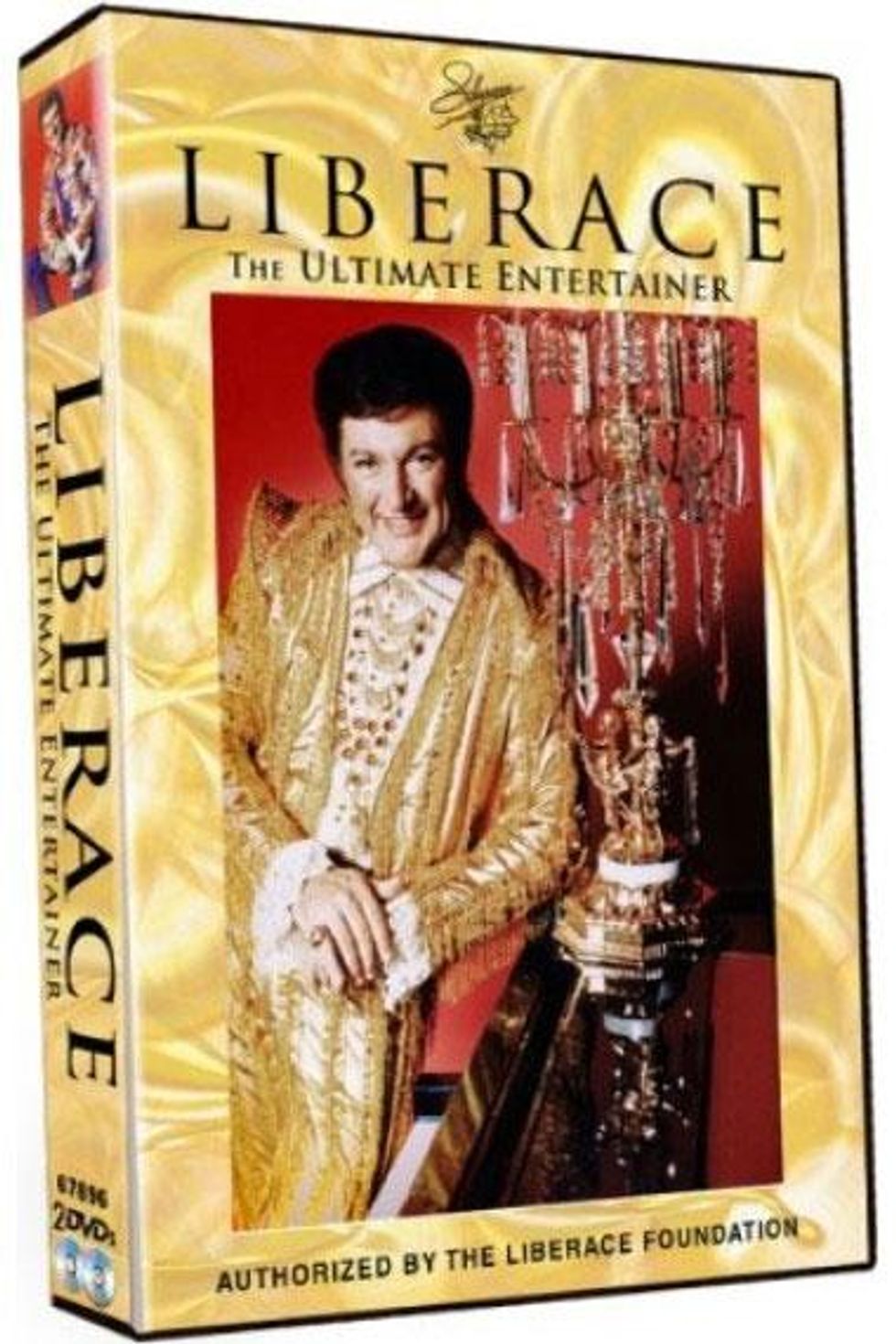 For the True Completist
For the True Completist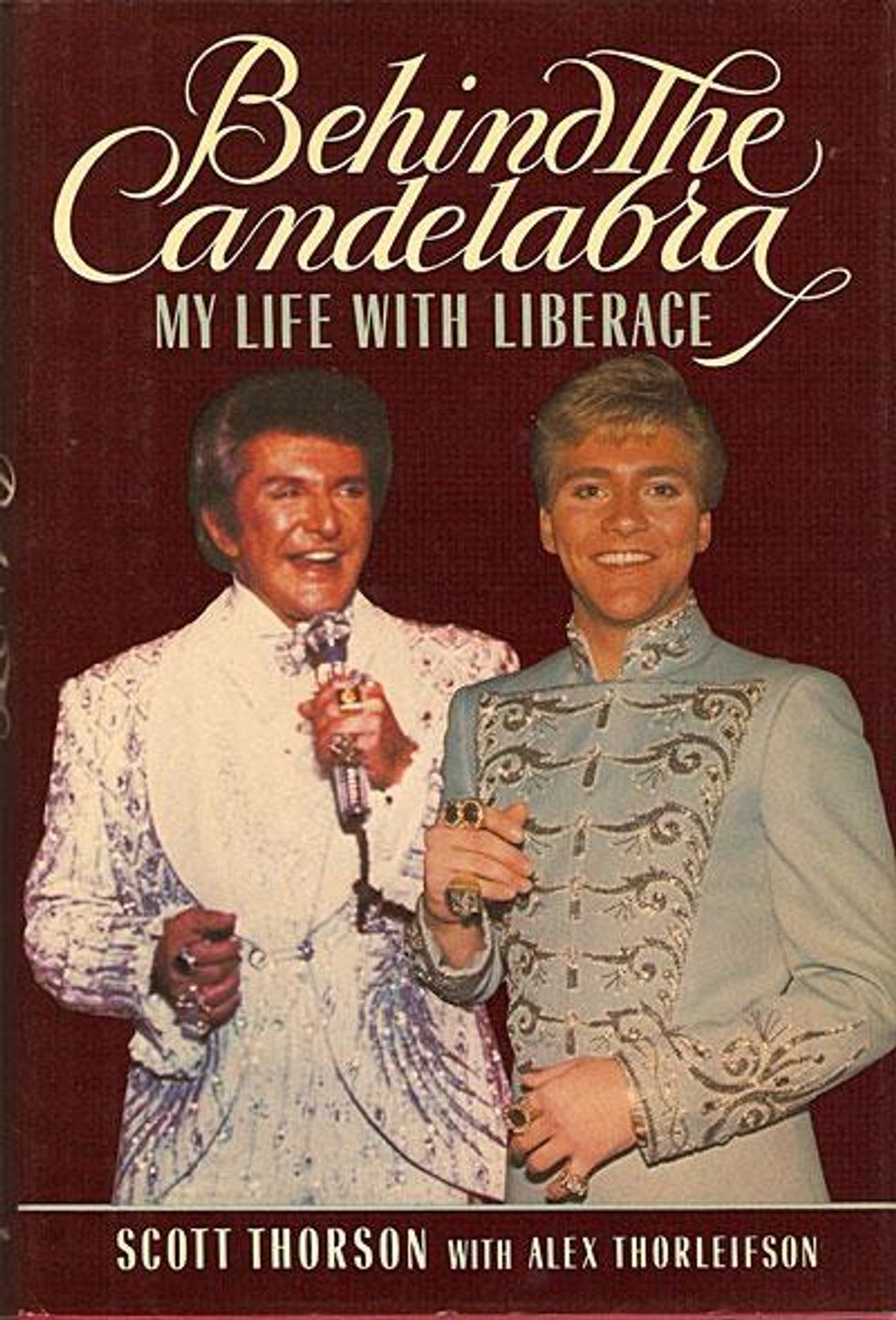 What Started It All
What Started It All


































